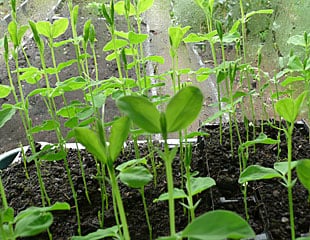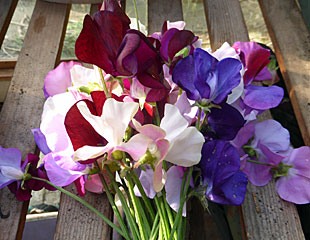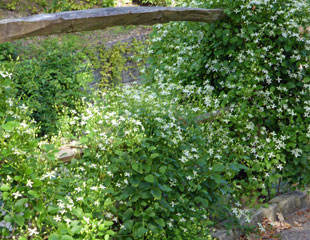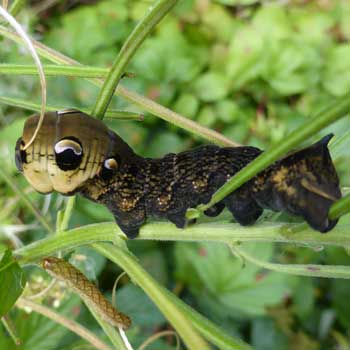Plant Tulips in November
Posted on
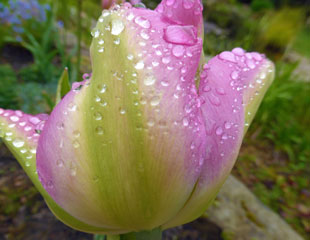
Plant tulips in November is good advise. Narcissus are traditionally planted earlier in September or October but it is best to delay planting Tulips until later in October or November. It is more likely a cold snap will occur in this period which helps to eradicated diseases in the soil which could infect the Tulip bulbs. There is also disease particular to Tulips called Tulip fire and planting late helps to reduce the likelihood of this occurring. Tulip fire is true to its name as it looks as if the leaves have been scorched and its hard to get rid of. Tulips like well drained soil in a sunny spot and will not thrive if standing in a lot of winter wet this can tend to make the bulbs rot. This also means if we have a weather forecast which suggests biblical quantities of rain and your plot tends to hold water, delay planting until the forecast and weather improve. More tips on Planting Tulips The weather is of course one of the main challenges for a gardener, because it can be so capricious and unseasonable. Here in the autumn 2015 it seems way too warm, warmer than the summer months which were plagued with chills from the north which upset the more tender vegetables and impeded pollination. Now I am about to plant Tulips but, bizarrely, the narcissus bulbs planted earlier in the year are already poking their shoots though which is very unusual.
I haven't needed the web page on "drought tolerant plants" for some years now, not since I installed a hose watering system also redundant. You can predict you cannot predict the weather despite what the Met Office says. I will just go and pick the very very last of the sweet peas. |

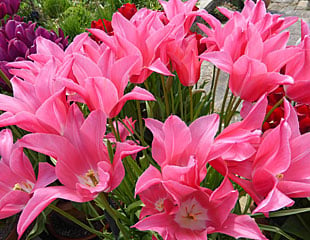 Whatever the books say about what to plant when, the seasonal variations and local weather can make big changes to what you need to do on the ground. We have yet to have a frost which has caused plants to keep on growing. I cut the Delphiniums back as the foliage was well over and the flowers long gone, and then noticed new tiny plants shooting up which will shortly be cut down by the frosts.
Whatever the books say about what to plant when, the seasonal variations and local weather can make big changes to what you need to do on the ground. We have yet to have a frost which has caused plants to keep on growing. I cut the Delphiniums back as the foliage was well over and the flowers long gone, and then noticed new tiny plants shooting up which will shortly be cut down by the frosts.